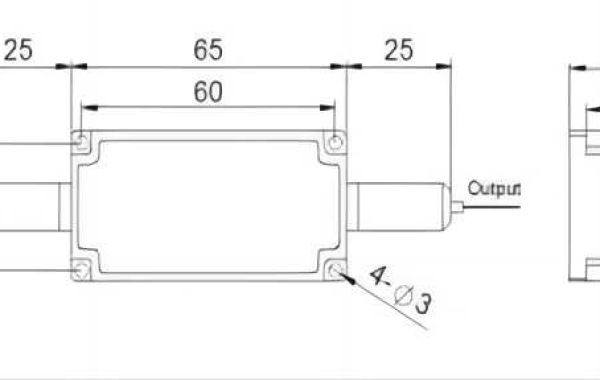- Photodetection: The core component of a passive optical receiver is a photodetector, typically a photodiode. When an optical signal (light) strikes the photodiode, it absorbs photons and generates a corresponding electrical current. This process is known as the photoelectric effect.
- Current Amplification: The generated photocurrent is often very weak. To amplify it to a usable level, a transimpedance amplifier is commonly used. This amplifier converts the photocurrent into a voltage signal.
- Signal Processing: The amplified electrical signal may undergo further processing, such as filtering and equalization, to remove noise and improve signal quality.
There is an applications and maintenance guide to passive optical receivers.







